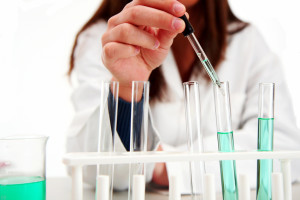Did You Know That There Are Good Uses For Mold?
As unpleasant as it may be to think about, mold spores exist all around us in very small quantities. Mold that does not release mycotoxins does not pose an immediate risk to people. And in some cases, mold can even be used for good.
The most famous example of mold being used for human benefit is penicillin. You are probably familiar with the basic story: Dr. Andrew Fleming discovered the bacteria-killing properties of mold by accident after spores grew in his petri dishes.
The full story of penicillin’s discovery sheds light on just how far science has come in its understanding of infectious diseases. This history of penicillin explains that it took many years and teams of international scientists to achieve the easily available form of penicillin that we know today.
Penicillin is essentially a mold treatment — not to kill mold, but rather to use mold toxicity to kill off diseases. Mold has “good uses,” but only because it is indeed dangerous!
When controlled and harnessed, mold can be used for good, including several medicines besides penicillin. It’s also used to produce cheese, soy sauce, cured meats and other foods.
Otherwise, it’s always a safe bet to assume that a mold infestation in your home or business poses serious health risks.
Just as mold has benefited science, science has developed innovative methods of mold treatment. Modern mold remedies can kill and seal off mold without the need for tearing open walls and floors.
Don’t expect mold in your home to lead to the latest medical breakthrough. If you have an infestation, contact us to find out about the most advanced method of mold treatment, MoldExterm.

